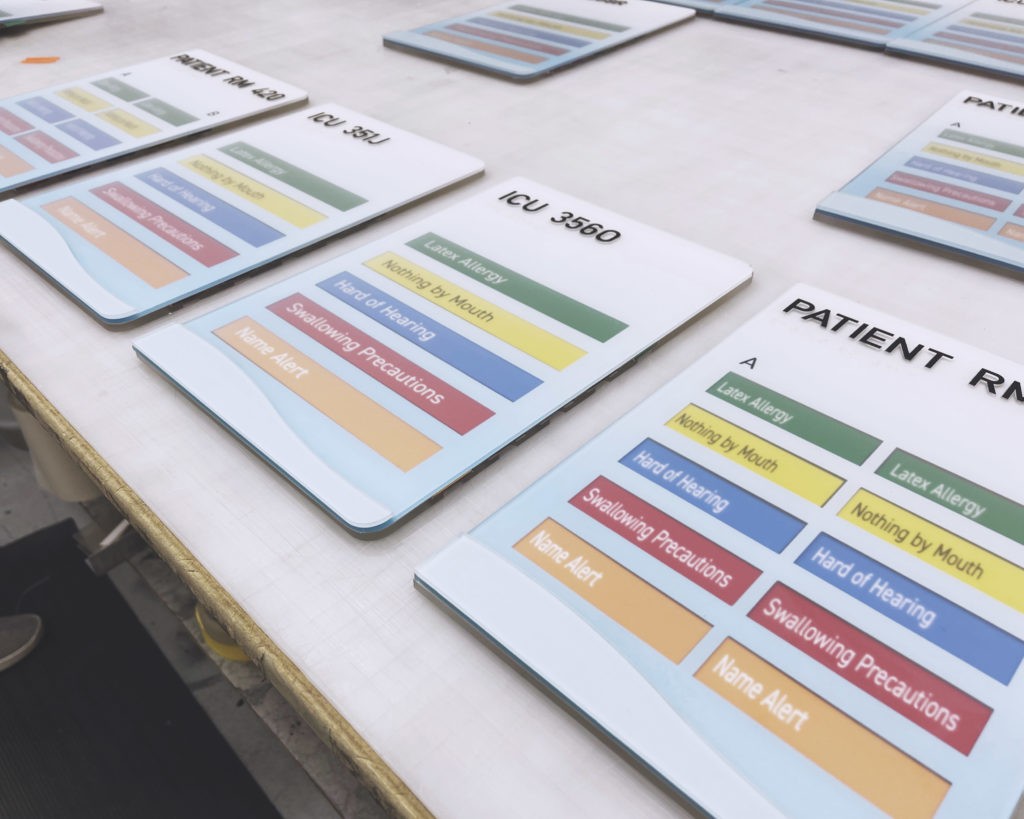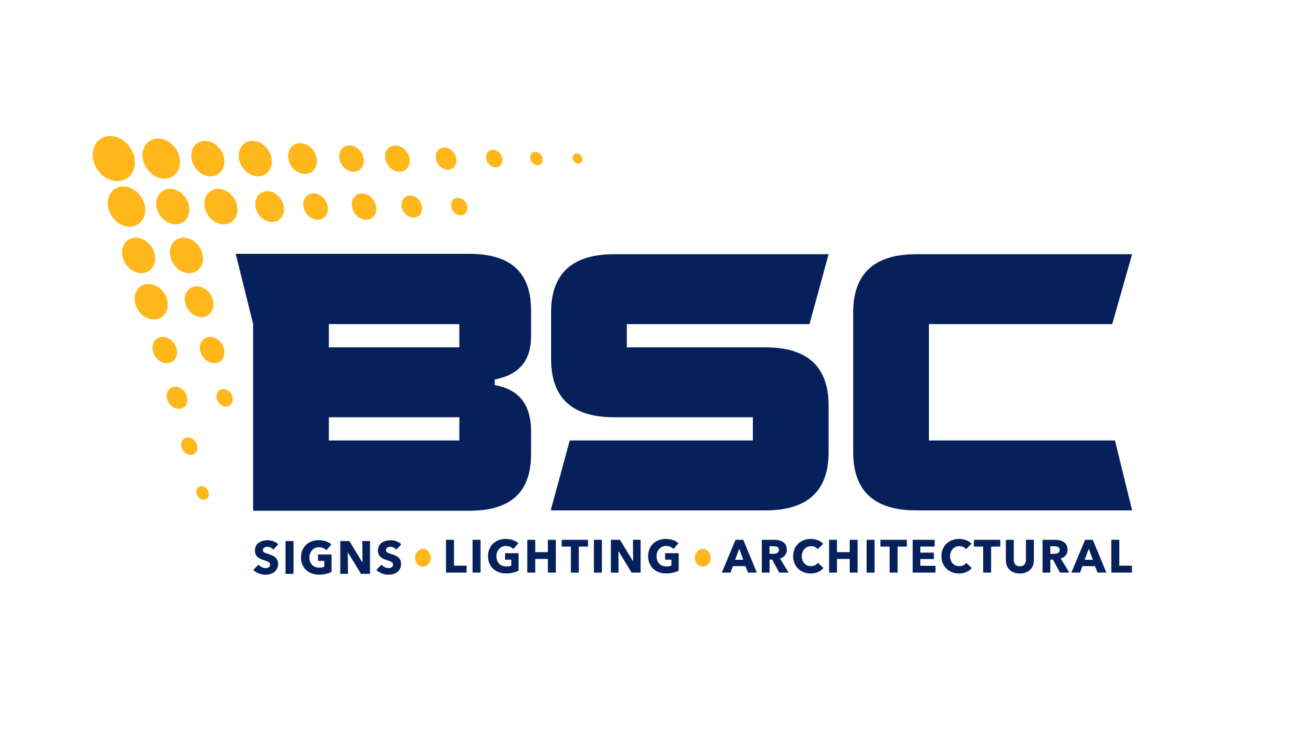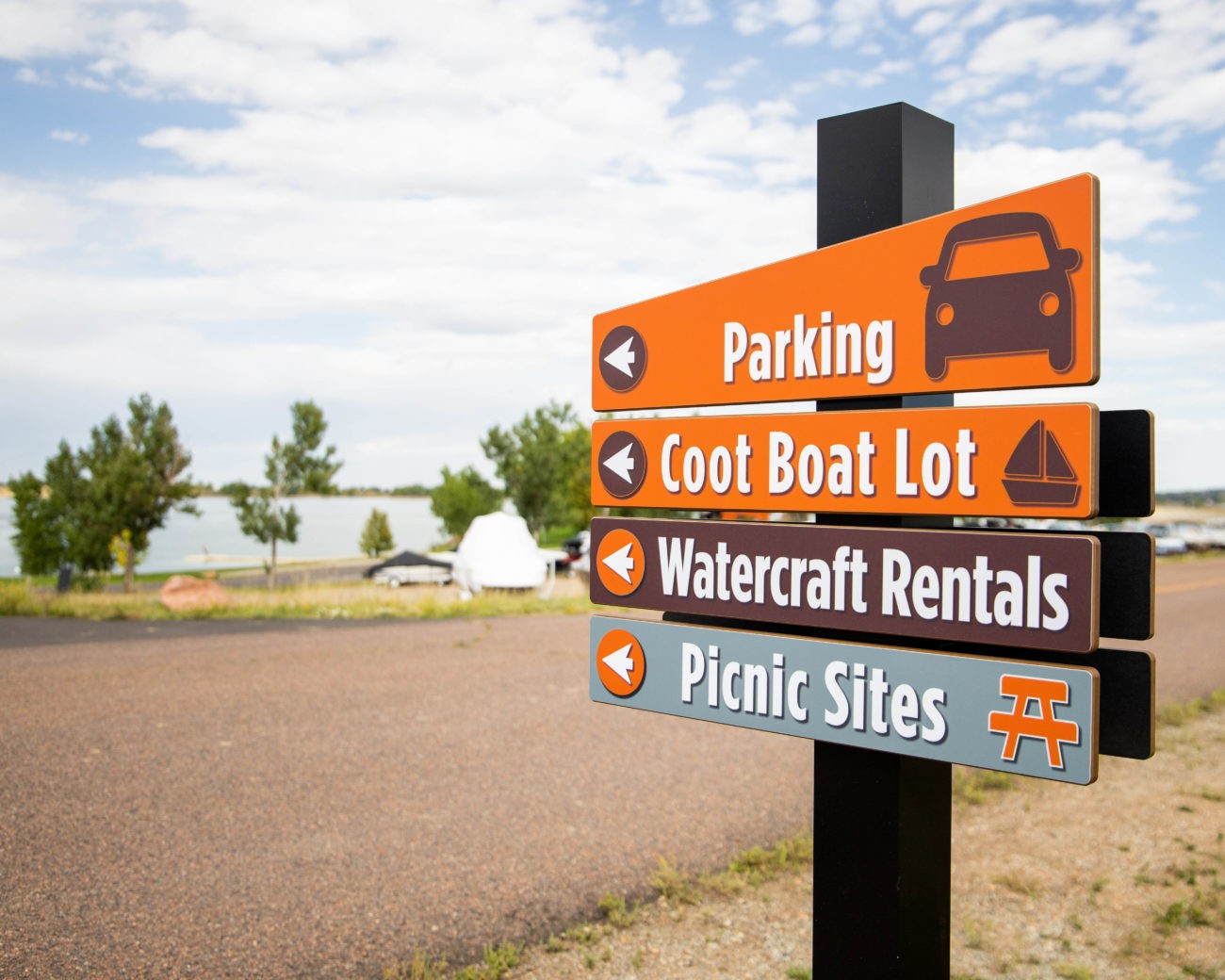Wayfinding signage is an important element of any commercial building. Not only does it help visitors navigate their way around the building, but it can also be used to effectively communicate with customers and give the building a professional appearance. In this blog post, we will discuss the importance of managing a wayfinding signage strategy for commercial buildings and provide tips on how to implement one. We will explore how to choose the right type of signage, create a signage system that is both informative and aesthetically pleasing, and ensure that the signs remain up-to-date.
Wayfinding Signage and Directories

Wayfinding is a critical part of a successful commercial building. Wayfinding signage helps guide people through your facility, informing them of their locations, and available amenities, and providing directional information. Without the proper signage, a commercial building can be confusing, overwhelming, and inefficient.
When developing a wayfinding strategy, it is important to consider the needs of the people coming to your facility. Are they visiting for the first time? Do they have disabilities or language barriers that need to be taken into account? All of these factors should be considered when creating a wayfinding strategy.
The key to an effective wayfinding strategy is making sure that the signs are visible, easily understood, and color-coded for easy recognition. Signs should also be placed in high-traffic areas such as near elevators, staircases, and lobbies, as well as close to exits or entrances. Additionally, maps and directories should be placed in strategic locations so visitors can easily find their destination.
Critical Challenges of Wayfinding Signage
The first challenge that arises when designing a wayfinding system is to ensure that it is readable and understandable to all visitors. Signs should be written in a language that is widely understood and should include symbols or illustrations that are easy to interpret. Additionally, signs should be placed in locations where they can easily be seen by those entering the building.
Another important consideration when developing wayfinding signage is to ensure that it is visible from a distance and that it leads users in the right direction. Signs should have high-contrast colors, and large fonts, and should point out potential destinations for users. Depending on the size of the building, it may also be necessary to provide additional directional signs, such as arrows or wall-mounted directories, to help visitors find their way.

